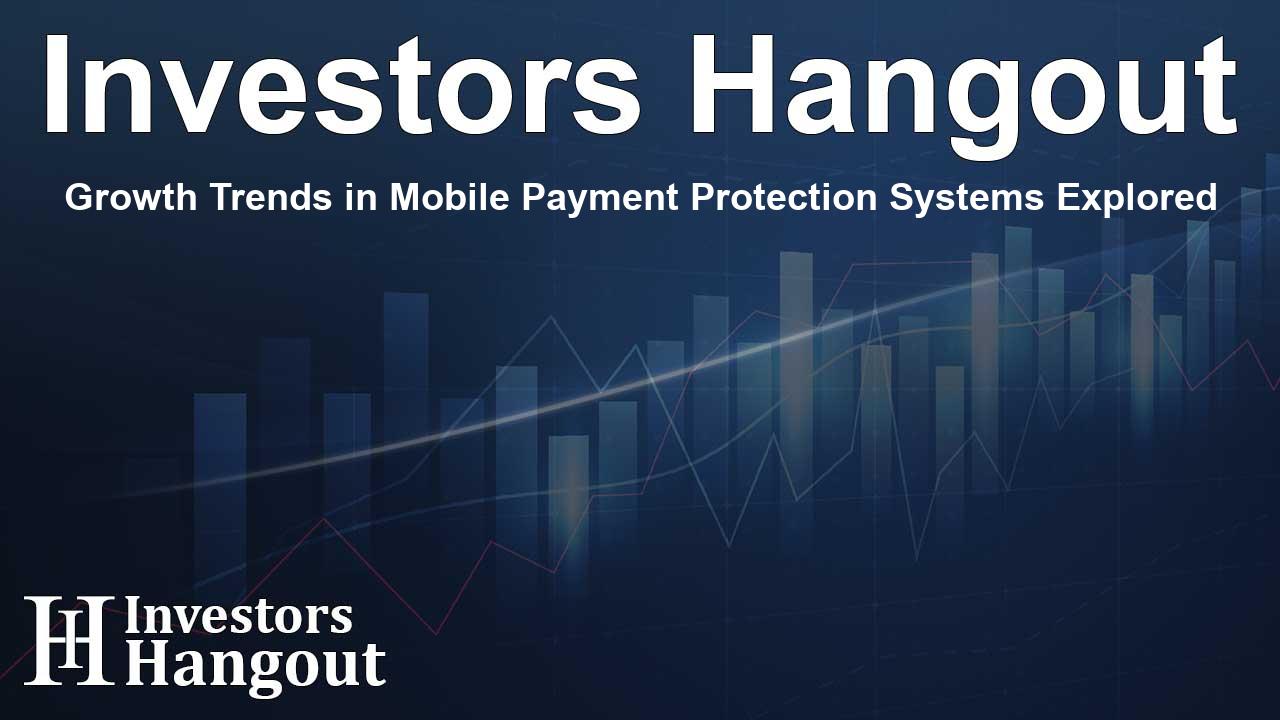Growth Trends in Mobile Payment Protection Systems Explored

Overview of the Mobile Payment Data Protection System Market
The Mobile Payment Data Protection System Market has seen remarkable growth recently. In 2024, its size was estimated at USD 6060 million, and by 2031, it is poised to reach USD 9420 million. This growth trajectory marks a compound annual growth rate (CAGR) of 6.6% during this period, showcasing the increasing reliance on secure mobile transaction solutions.
Drivers of Market Expansion
Several factors contribute to the rapid expansion of the mobile payment data protection systems market. First and foremost is the rising demand for secure mobile transactions. As both consumers and businesses embrace mobile wallets and digital payment platforms, the need for robust security becomes paramount. This trend is further fueled by the ongoing digital transformation across various industries, leading to an urgent requirement for advanced data protection solutions.
Technological Advancements
Heavy investments in cutting-edge security technologies are also propelling growth. Innovations in end-to-end encryption, tokenization, biometric verification, and real-time fraud detection systems are becoming critical components of this landscape. Organizations are prioritizing cybersecurity, recognizing it as a top concern in the context of payment gateways, banking, and fintech developments.
Industry Adoption
Industries particularly impacted by these developments include Banking, Financial Services & Insurance (BFSI), retail, healthcare, and e-commerce. The rapid innovation in contactless payments and digital wallets necessitates the adoption of more robust and scalable security solutions, further driving the market.
Recent Trends Influencing Growth
A key trend is the adoption of remote tokenization. This technology plays a crucial role in enhancing the security of mobile payment systems by safeguarding sensitive transaction data. By replacing cardholder details with unique surrogate values, or tokens, remote tokenization stores these tokens remotely, away from potentially insecure local devices. This enhancement effectively minimizes the risk of data breaches.
Contactless Payment Solutions
Contactless tokenization is also playing a significant role as financial institutions integrate this technology into their systems. This method allows for secure, real-time transactions through NFC-enabled devices, facilitating fast payment methods a growing number of consumers demand.
Challenges and Threats
The increasing sophistication of cyberattacks poses challenges that are hard to ignore. With hackers adopting advanced techniques to exploit vulnerabilities, businesses must invest in encryption, tokenization, and secure communication channels. Protecting sensitive data during mobile transactions remains a pressing concern for consumers, especially as mobile wallets gain popularity.
Key Players in the Market
Several major players are defining this landscape, including cybersecurity firms and fintech startups, payment gateway providers, and banking software vendors that offer integrated protection solutions. Their collective focus on building secure frameworks and adhering to regulatory compliance forms the backbone of safeguarding financial transactions.
Conclusion
The outlook for the Mobile Payment Data Protection System Market is undeniably positive. Growth driven by technological advancements, the increasing threat of cyberattacks, and regulatory compliance underscores the need for comprehensive security solutions. Companies are likely to continue investing in these technologies, solidifying their roles within the digital transaction ecosystem.
Frequently Asked Questions
1. What is driving the demand for mobile payment data protection systems?
The demand is primarily driven by the rise of digital transactions and increased reliance on mobile wallets, coupled with the need for enhanced security to prevent data breaches and fraud.
2. How does tokenization enhance mobile payment security?
Tokenization replaces sensitive information with unique tokens, ensuring that actual card data is not transmitted during transactions, reducing the potential for data theft.
3. Which industries are rapidly adopting mobile payment systems?
Industries with high transaction volumes, such as BFSI, e-commerce, retail, and healthcare, are among the fastest adopters of mobile payment protection systems.
4. What are the main technological trends in mobile payment protection?
Key trends include the adoption of remote and contactless tokenization technologies that enhance transaction security and meet consumer demands for safe, quick payment experiences.
5. What are the challenges faced by mobile payment protection systems?
The key challenges include addressing the rising sophistication of cyber attacks and ensuring compliance with strict regulatory standards while maintaining consumer trust.
About The Author
Contact Hannah Lewis privately here. Or send an email with ATTN: Hannah Lewis as the subject to contact@investorshangout.com.
About Investors Hangout
Investors Hangout is a leading online stock forum for financial discussion and learning, offering a wide range of free tools and resources. It draws in traders of all levels, who exchange market knowledge, investigate trading tactics, and keep an eye on industry developments in real time. Featuring financial articles, stock message boards, quotes, charts, company profiles, and live news updates. Through cooperative learning and a wealth of informational resources, it helps users from novices creating their first portfolios to experts honing their techniques. Join Investors Hangout today: https://investorshangout.com/
The content of this article is based on factual, publicly available information and does not represent legal, financial, or investment advice. Investors Hangout does not offer financial advice, and the author is not a licensed financial advisor. Consult a qualified advisor before making any financial or investment decisions based on this article. This article should not be considered advice to purchase, sell, or hold any securities or other investments. If any of the material provided here is inaccurate, please contact us for corrections.
